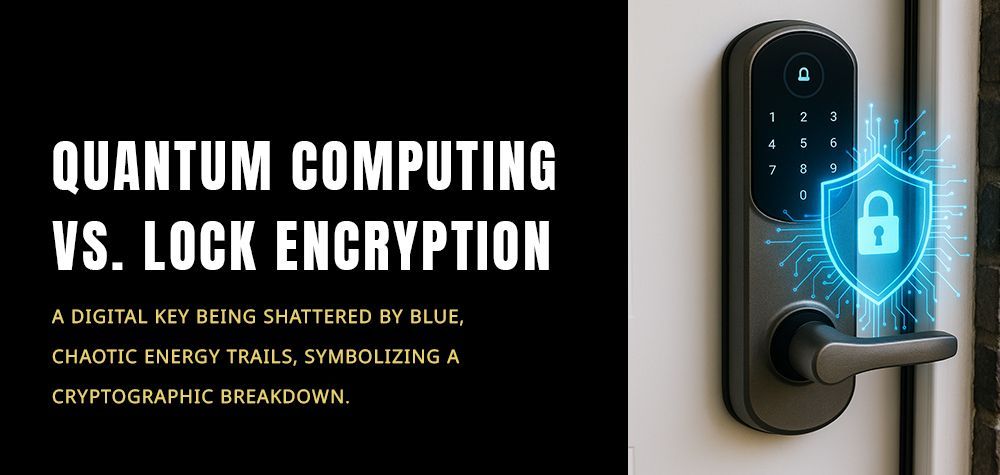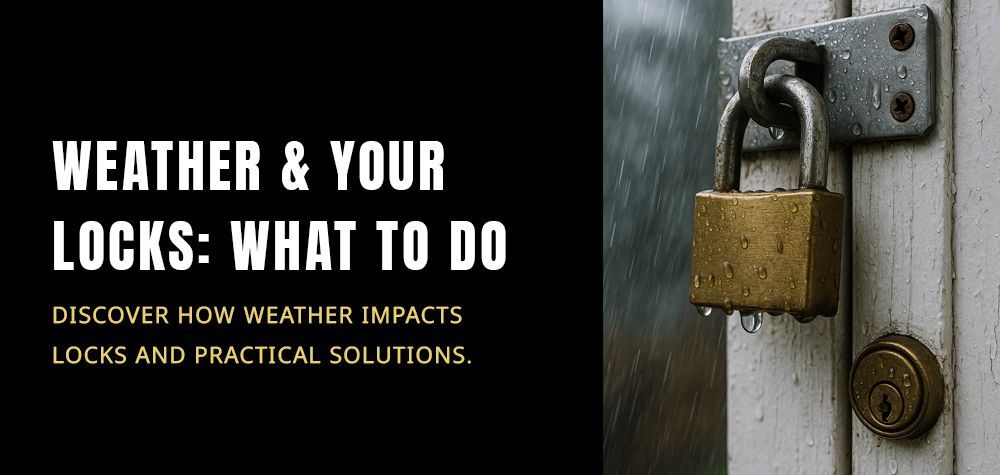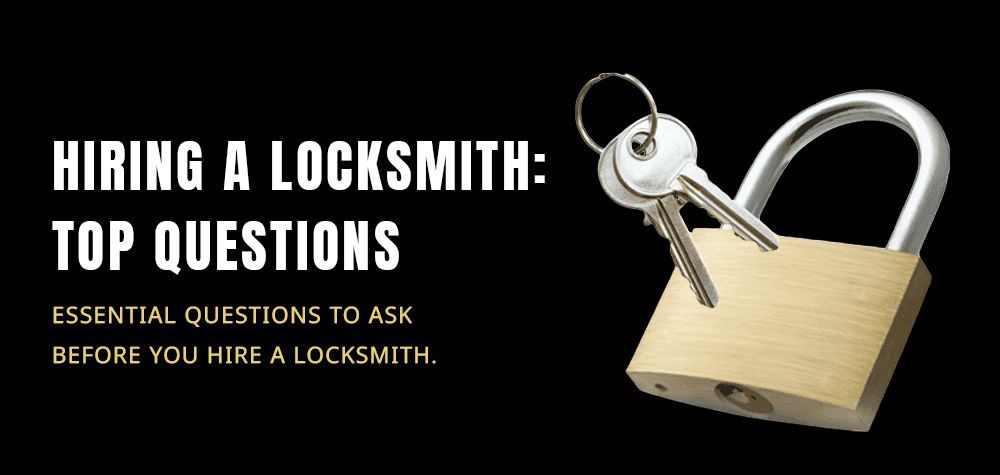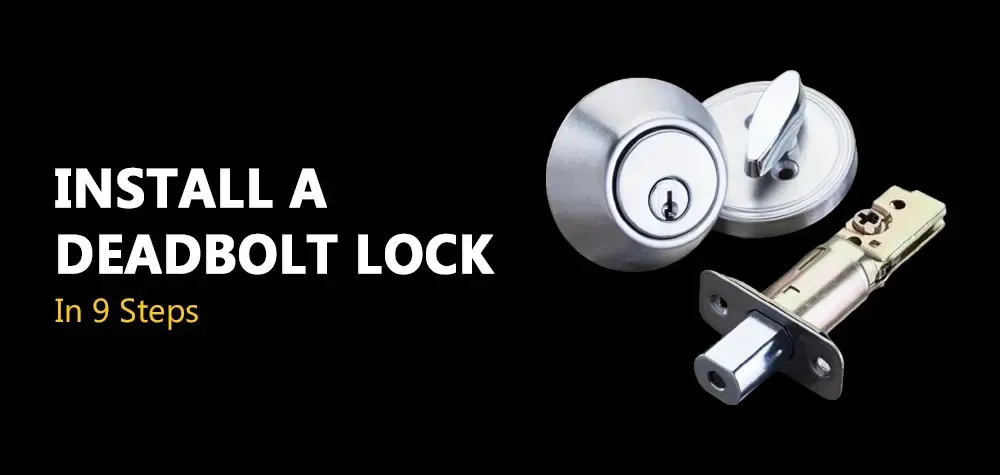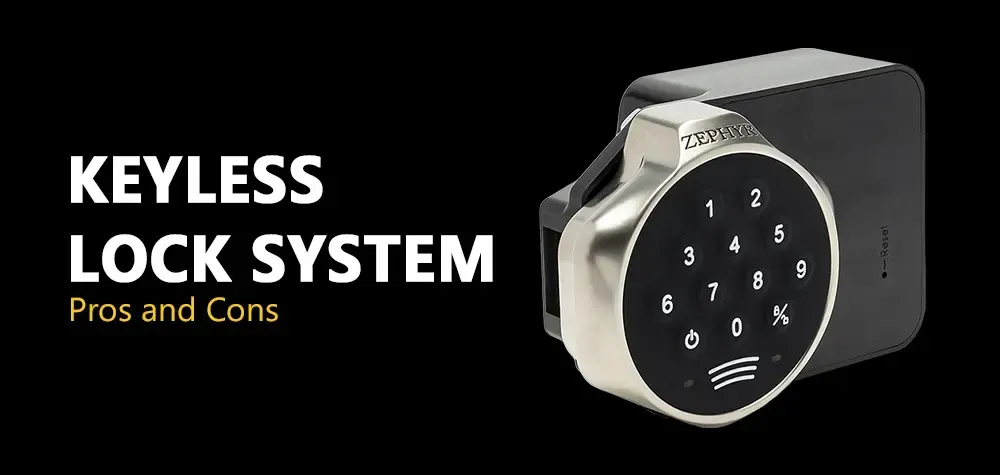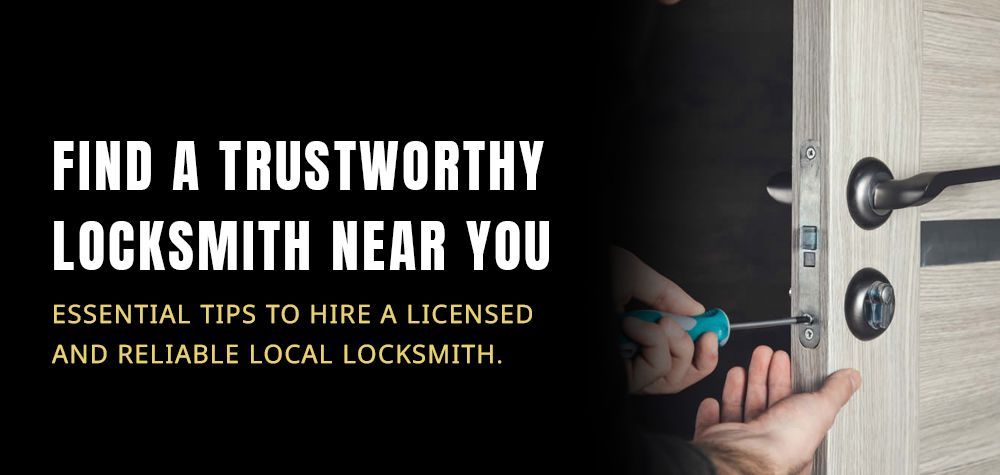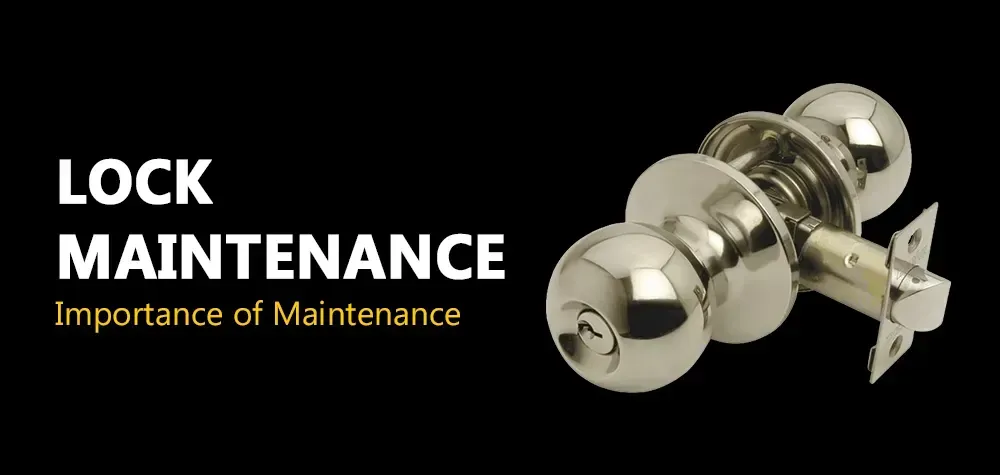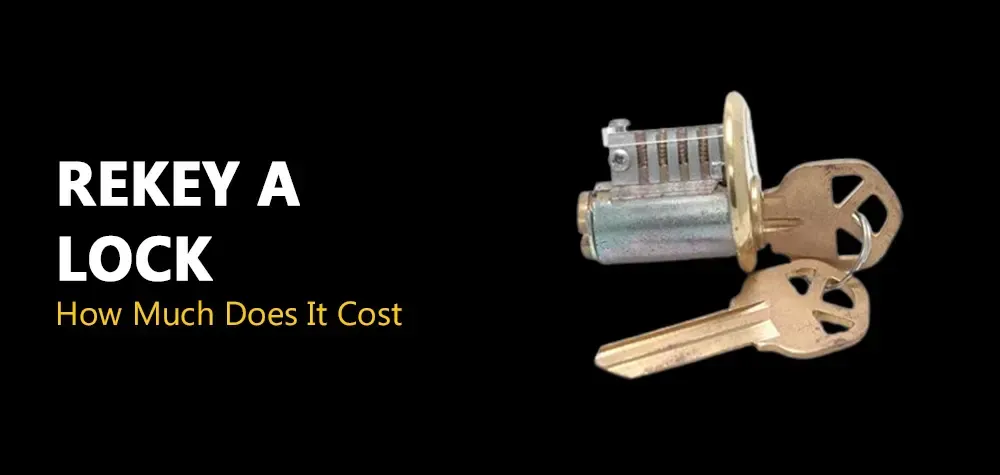brother locksmith Resource Center
Latest Posts
Worried your smart lock may have been tampered with? Learn the warning signs of physical and digital interference, what to check, and when to call a professional locksmith
Stronger locks aren’t always enough. Learn why locksmiths recommend door reinforcement kits, how they prevent forced entry, and why Brothers Locksmith prioritizes strengthening the door—not just the lock.
Best Locksmith Tips
Common Issues and Troubleshooting
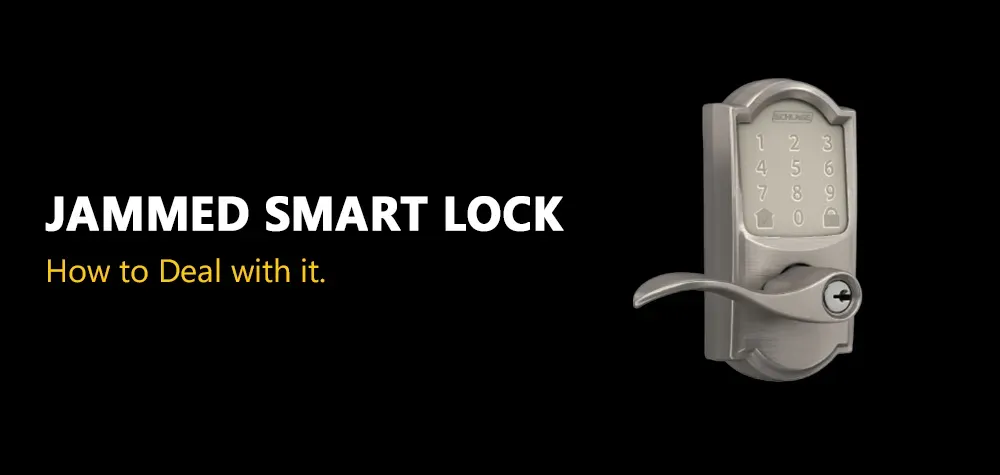
One of the most common issues users face is a jammed smart lock. Imagine coming home after a long day, only to find your door refusing to unlock despite entering the correct code or using your mobile app. The situation is frustrating, but before you panic or call a locksmith, there are several troubleshooting steps you can take. This guide will walk you through the causes of a jammed smart lock, how to fix it, potential risks involved, expert recommendations, and preventive measures to keep your smart lock in top shape.
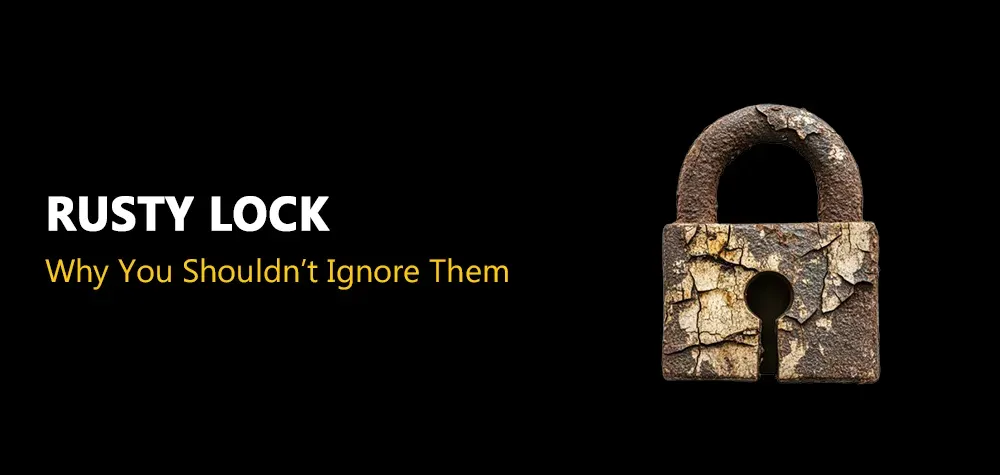
Many homeowners overlook the problem until they find themselves locked out—or worse, dealing with a break-in due to compromised security. If you’ve noticed rust forming on your locks, it’s time to take action before it’s too late. This guide will walk you through why rusty locks are a problem, the risks they pose, and what you can do to prevent or fix them. You can also consult a professional locksmith for this issue.
How to Guide
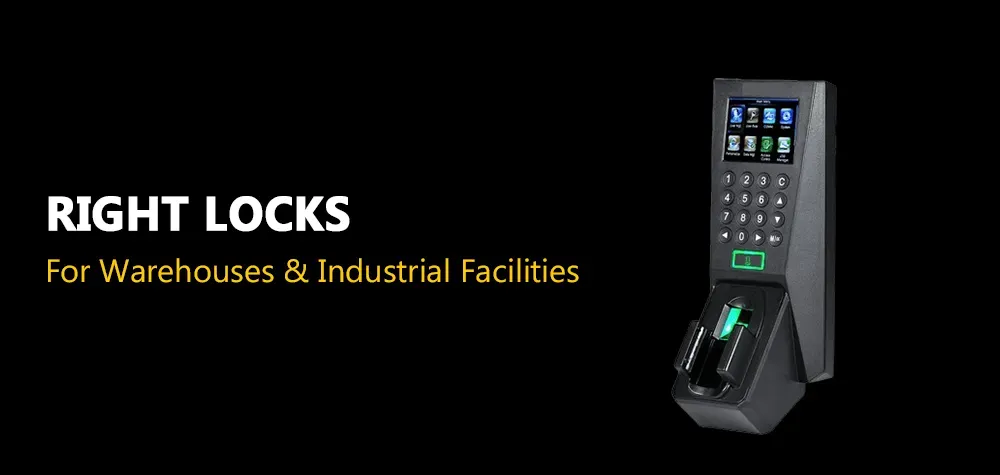
Unlike residential or retail spaces, these facilities often cover vast areas and operate with multiple access points, increasing security challenges. Choosing the right locks is not just about preventing unauthorized access—it is about ensuring the safety of assets, employees, and overall business operations.
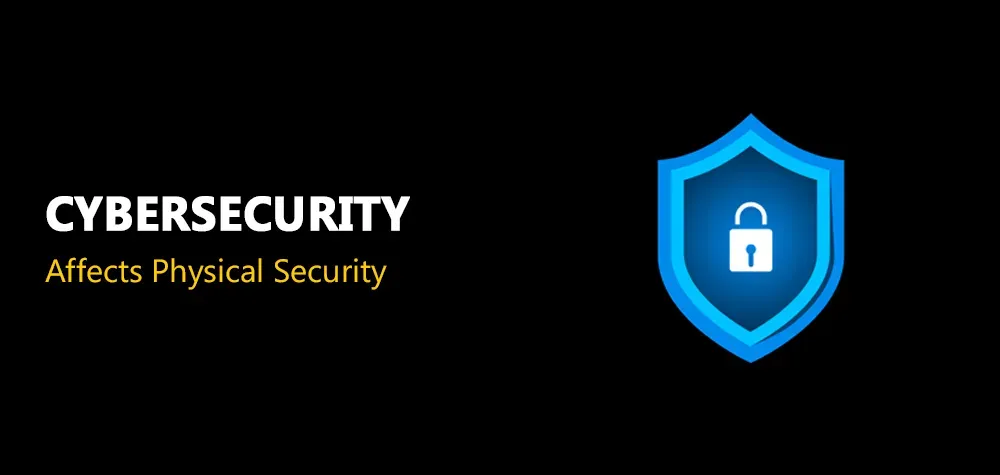
From corporate offices to residential homes, the integration of digital technology in physical security measures has created new challenges and risks. Understanding the relationship between these two domains is crucial for ensuring comprehensive protection in an era where threats are evolving rapidly.
Locks & Keys Maintenance
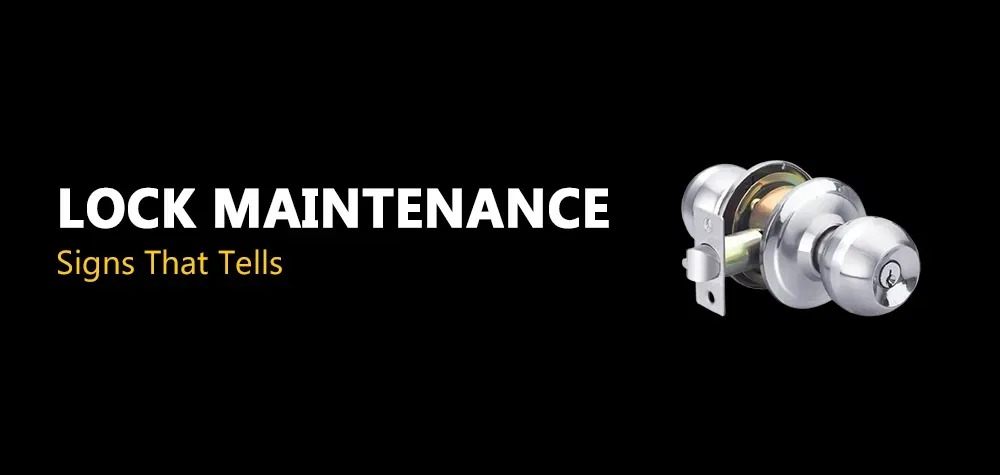
Locks play a crucial role in safeguarding our homes, businesses, and property by preventing unauthorized entry and theft. With such an important function, we must keep our locks happy because, as with any mechanical device, locks are subject to wear and tear over time and may need maintenance. And that’s where regular lock maintenance comes […]Brothers Locksmith.

One of the most common issues users face is a jammed smart lock. Imagine coming home after a long day, only to find your door refusing to unlock despite entering the correct code or using your mobile app. The situation is frustrating, but before you panic or call a locksmith, there are several troubleshooting steps you can take. This guide will walk you through the causes of a jammed smart lock, how to fix it, potential risks involved, expert recommendations, and preventive measures to keep your smart lock in top shape.

Many homeowners overlook the problem until they find themselves locked out—or worse, dealing with a break-in due to compromised security. If you’ve noticed rust forming on your locks, it’s time to take action before it’s too late. This guide will walk you through why rusty locks are a problem, the risks they pose, and what you can do to prevent or fix them. You can also consult a professional locksmith for this issue.

One of the most common issues users face is a jammed smart lock. Imagine coming home after a long day, only to find your door refusing to unlock despite entering the correct code or using your mobile app. The situation is frustrating, but before you panic or call a locksmith, there are several troubleshooting steps you can take. This guide will walk you through the causes of a jammed smart lock, how to fix it, potential risks involved, expert recommendations, and preventive measures to keep your smart lock in top shape.

Many homeowners overlook the problem until they find themselves locked out—or worse, dealing with a break-in due to compromised security. If you’ve noticed rust forming on your locks, it’s time to take action before it’s too late. This guide will walk you through why rusty locks are a problem, the risks they pose, and what you can do to prevent or fix them. You can also consult a professional locksmith for this issue.
Cost Guide
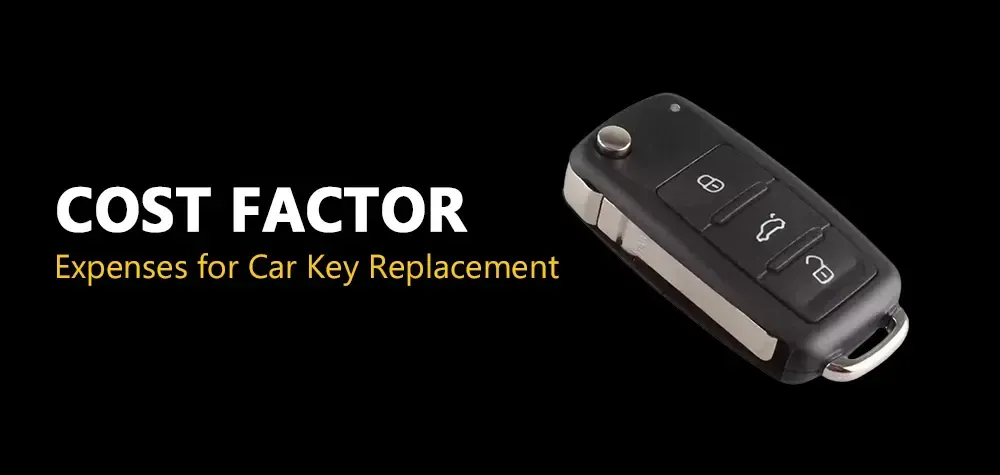
Explore the nuanced factors influencing the costs of car key replacement. From the type of keys – standard, transponder, or smart – to specific replacement scenarios like lost or stolen keys, delve into the intricacies of expenses. Learn how Brothers Locksmith provides a cost-effective solution, balancing affordability with quality service for informed and efficient key replacement choices.
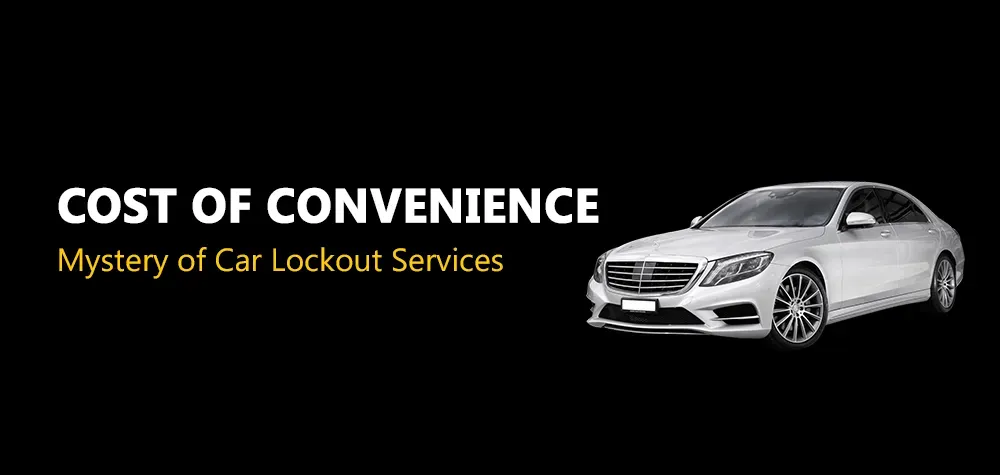
Discover the ins and outs of car lockout services and the associated costs. From emergency situations to high-security vehicles, explore the expertise of Brothers Locksmith and why choosing professionals is the key to swift, affordable solutions. Don't let a lockout be a roadblock—unlock convenience with Brothers Locksmith by your side.

Unlock the secrets of locksmith pricing with Brother's Locksmith! Discover transparent costs for Automotive, Residential, and Commercial services. From unlocking cars to changing locks, we break down prices, factors influencing costs, and tips to save. Get peace of mind with our comprehensive guide. Get a quote and demystify locksmith prices with Brother's Locksmith!

Locksmith Car Key Replacement Cost If you’ve ever locked yourself out of your home or car, or if you need to change out the locks on your home, you know what a hassle, and an unexpected expense, it can be. To avoid damaging your home or car, think about getting a locksmith in with the exact locksmith...
The post Locksmith Car Key Replacement Cost appeared first on Brothers Locksmith.
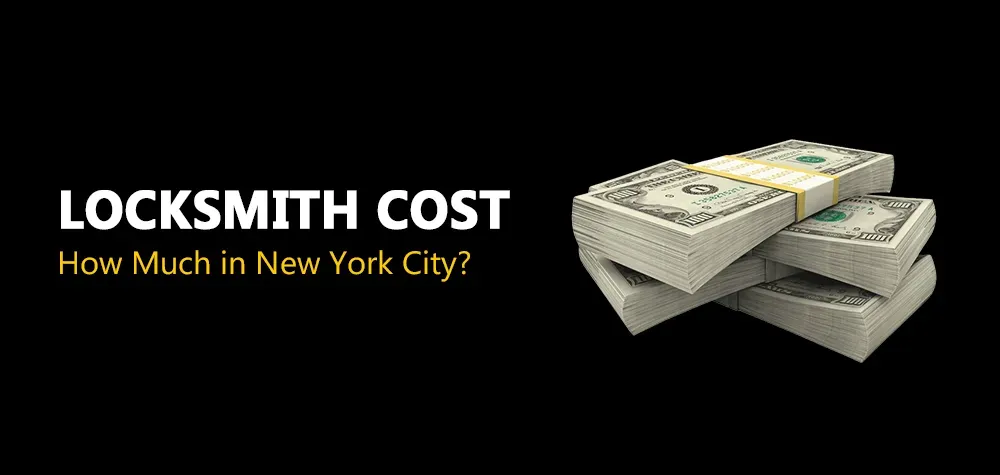
If you’re looking for a locksmith in New York City, you may be wondering how much you should expect to pay. Locksmith services can vary in price depending on several factors: the type of service you need. the time of day. the locksmith’s experience and reputation. In this post, we’ll break down the...
The post How Much Does a Locksmith Cost in New York City in 2023? appeared first brothers Locksmith.


